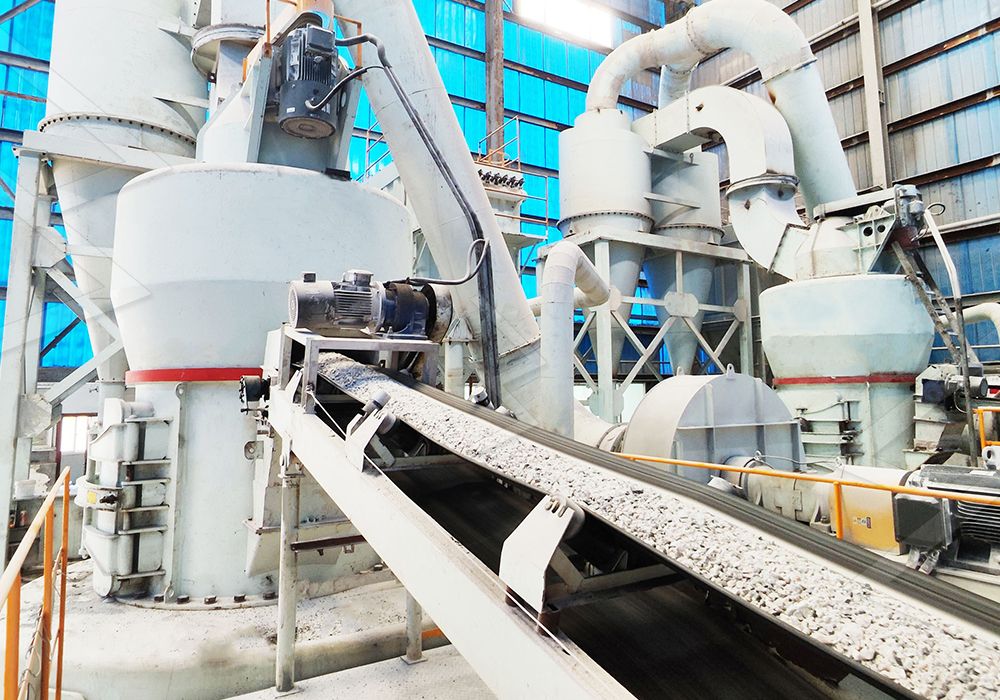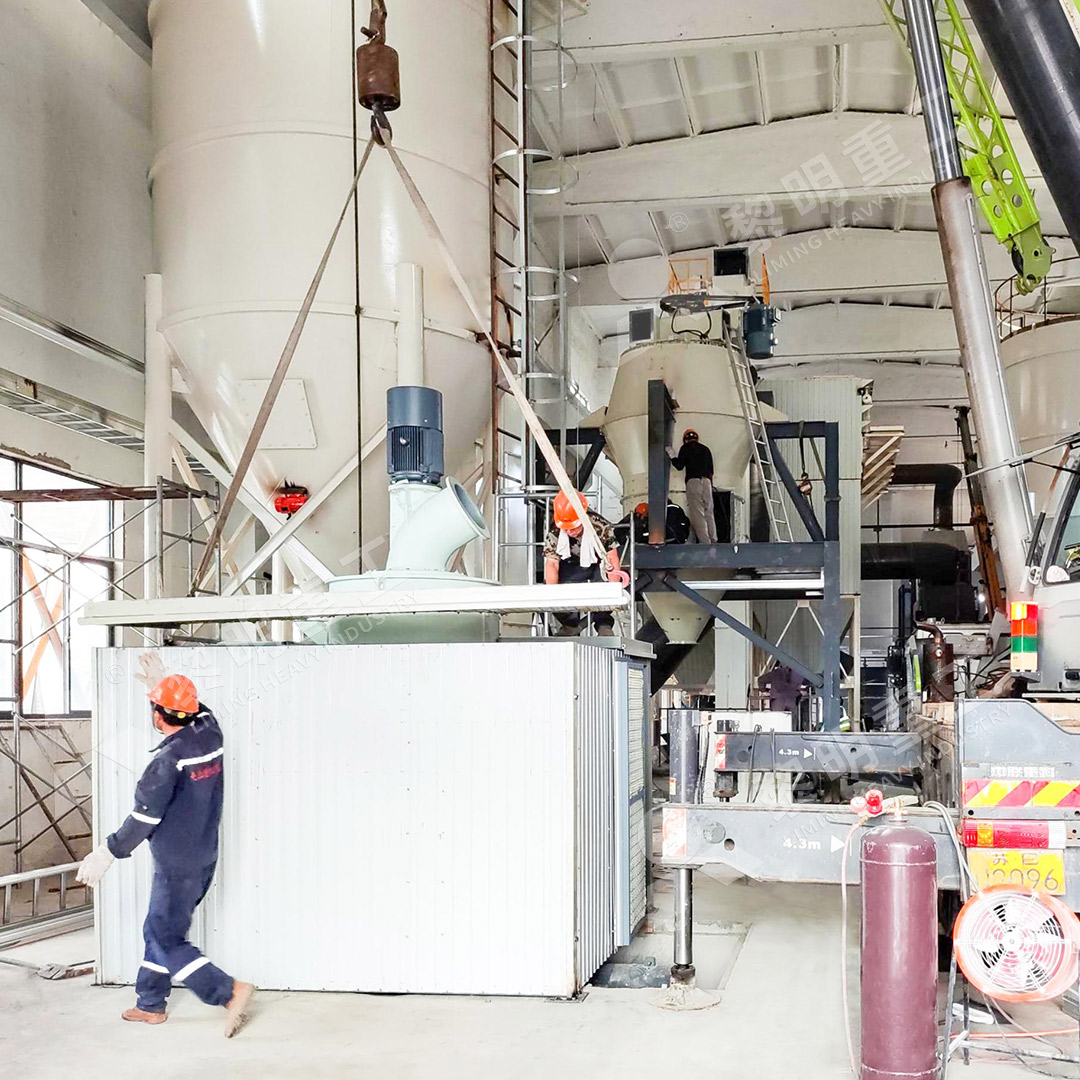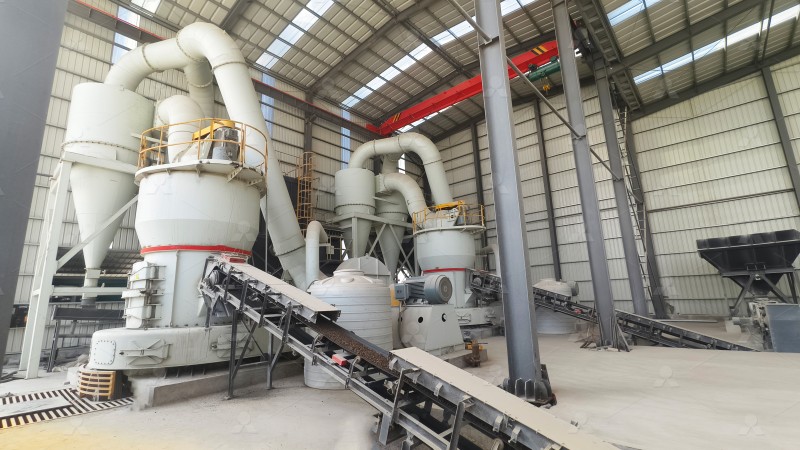Top 5 Energy-Saving and Efficient Limestone Powder Production Processes for Industrial Grinding
Introduction
In the industrial grinding sector, limestone powder production demands high efficiency, energy savings, and environmental sustainability. With advancements in grinding technology, several innovative processes have emerged to meet these requirements. This article explores the top five energy-saving and efficient limestone powder production processes, highlighting their features and benefits.

1. MW Ultrafine Grinding Mill
The MW Ultrafine Grinding Mill is a standout solution for producing ultra-fine limestone powder. With an input size of 0-20 mm and a capacity of 0.5-25 tph, this mill is designed for high efficiency and low energy consumption. Key features include:
- Higher Yielding, Lower Energy Consumption: The mill’s innovative grinding curves enhance efficiency, offering 40% higher production capacity than jet mills and 30% lower energy consumption.
- Adjustable Fineness (325-2500 meshes): Equipped with a German-designed cage-type powder selector, it ensures precise separation and customizable fineness.
- Eco-Friendly Operation: A pulse dust collector and muffler minimize dust and noise, aligning with environmental standards.
For industries seeking ultra-fine limestone powder, the MW Ultrafine Grinding Mill is a top recommendation.

2. LUM Ultrafine Vertical Grinding Mill
The LUM Ultrafine Vertical Grinding Mill integrates advanced grinding and powder-separating technologies. With an input size of 0-10 mm and a capacity of 5-18 tph, it excels in energy efficiency and product quality. Highlights include:
- Multi-Head Powder Separating Technology: Reduces energy consumption by 30%-50% while maintaining high precision.
- Double Position-Limiting Technology: Ensures stable operation by preventing destructive impacts.
- Reversible Structure: Simplifies maintenance, reducing downtime.
3. LM Vertical Grinding Mill
The LM Vertical Grinding Mill combines crushing, drying, grinding, and classifying into one system. Its compact design and 30%-40% energy savings make it ideal for large-scale limestone processing. Key advantages:
- Short Grinding Time: Minimizes iron content and repeated grinding.
- Automated Control: Enables remote operation and reduces labor costs.
4. MTW-Z European Trapezium Mill
This mill features dilute oil lubrication and elastic volute damping for lower maintenance and stable operation. Its high grinding efficiency and energy-saving design make it a reliable choice for limestone powder production.
5. Raymond Mill
A classic solution, the Raymond Mill offers simplicity and low investment costs. Optimized for desulfurization and non-metallic ore milling, it remains a viable option for smaller-scale operations.

Conclusion
Selecting the right grinding process depends on production scale, energy efficiency goals, and environmental considerations. For ultra-fine limestone powder, the MW Ultrafine Grinding Mill and LUM Ultrafine Vertical Grinding Mill stand out as top-tier solutions. Both mills deliver exceptional performance, energy savings, and eco-friendly operation, making them ideal for modern industrial applications.
